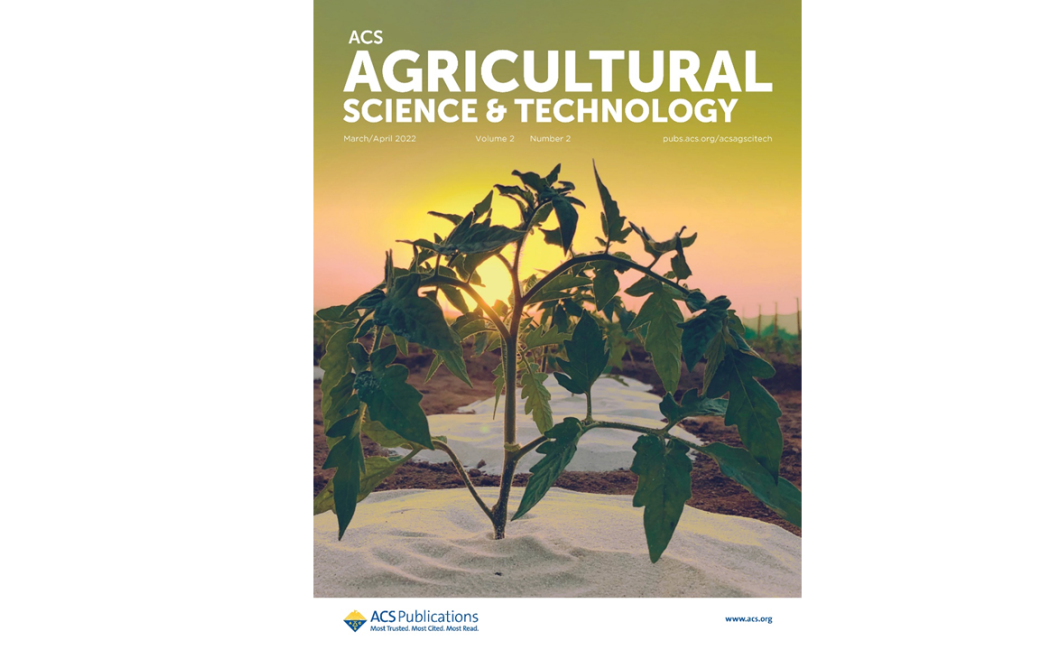
25 April, 2022
A nature-inspired wax-coated sand could help enhance food production in the desert as freshwater resources dwindle.
Many arid countries are facing serious water security problems. In desert regions such as Saudi Arabia, high temperatures and dry winds accelerate evaporation from the soil and increase transpiration from plants, which consequently need extra water to maintain their ideal temperature and absorb nutrients. Farmers rely upon unsustainable levels of irrigation to meet their crops’ increased evapotranspiration needs.
“With over 70 percent of the country’s freshwater resources used for agriculture, groundwater aquifers that supply 90 percent of irrigation water are being irreversibly depleted,” says Kennedy Odokonyero, a postdoc at KAUST in Himanshu Mishra's team. In some arid countries, plastic sheets are used to curtail evaporation, but the plastic eventually ends up in landfills.
“A 5-10mm thick layer of SandX applied like mulch over wet soil greatly reduces evaporation,” says Mishra. A four-year field study of SandX mulching of tomato, wheat and barley plants in western Saudi Arabia showed that “SandX significantly improved plant health, size and yield under normal irrigation,” he says, “but the specific physiological factors underlying these results were unclear.”
“SandX could offer a sustainable solution for excessive water consumption,” says Odokonyero. Field trials are already underway on different crops and native trees in Saudi Arabia, and the team has begun scaling up SandX production after receiving KAUST’s Innovation and Economic Development grant. “Our technology will contribute to food production and greening projects in arid regions across the Middle East and beyond,” concludes Mishra.
Click here to read the original news in KAUST discovery
References: